Module 2:
Understanding Children’s Developmental Milestones



Why understanding developmental milestones is important
1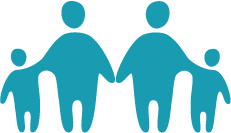
How to recognize developmental milestones
2
The best way to monitor children's development is to track their developmental milestones.
Skills such as taking a first step, smiling for the first time, and waving “bye-bye” are called developmental milestones. Children reach milestones in how they play, learn, speak, act, and move. You see children reach milestones every day. Though all children develop at their own pace, most children reach developmental milestones at or about the same age.
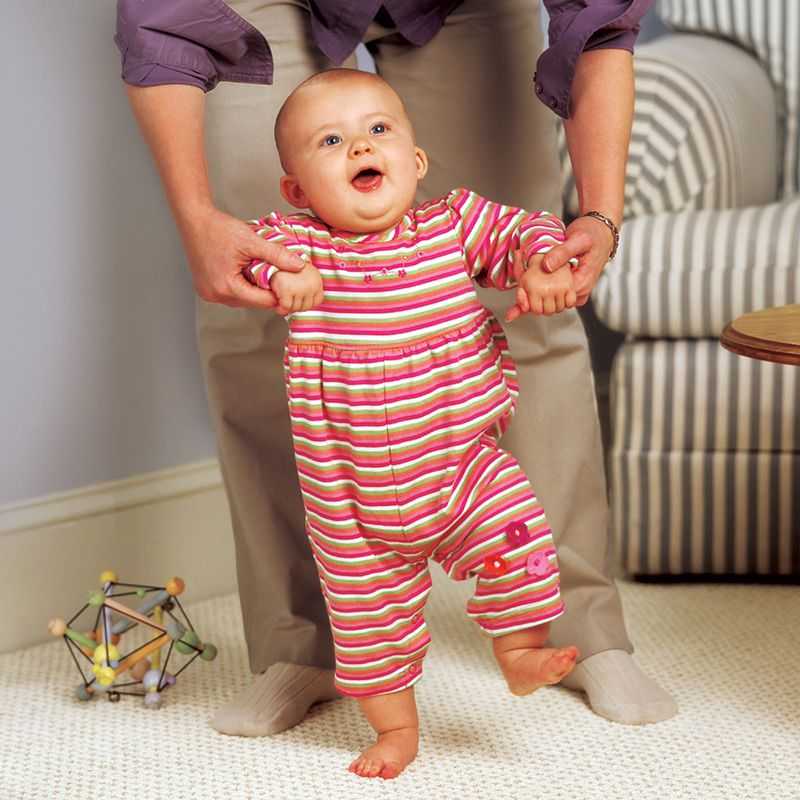
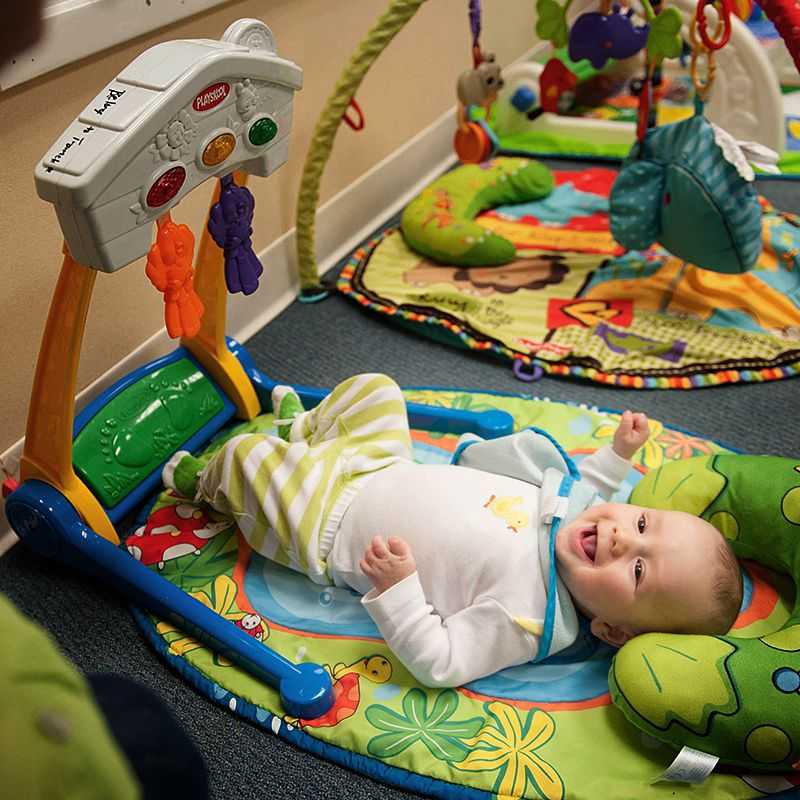
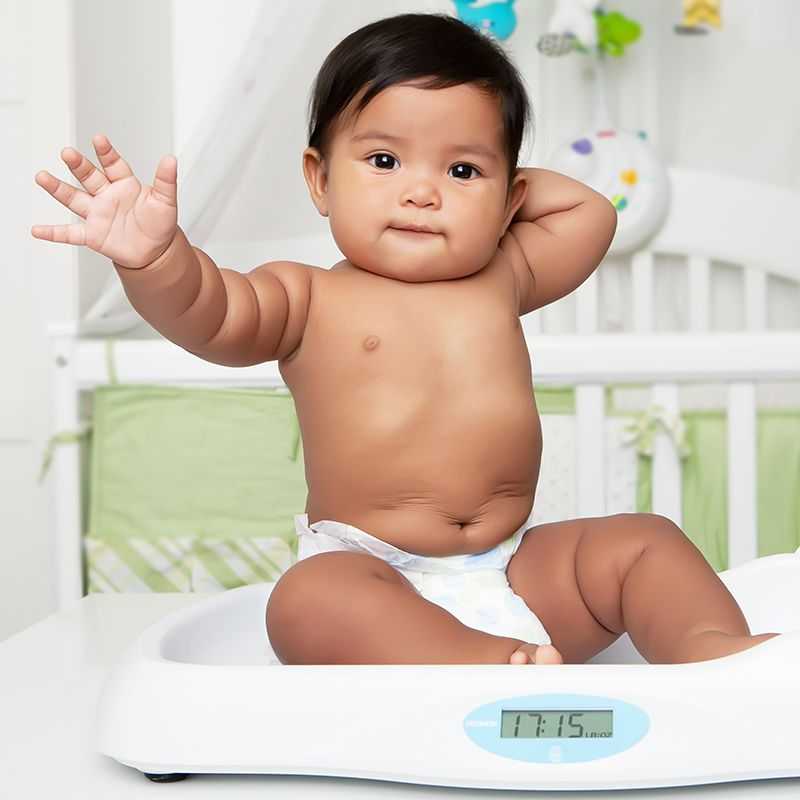
Reaching milestones at the typical ages shows a child is developing as expected. Reaching milestones much earlier means a child may be advanced compared with his or her peers of the same age.
Not reaching milestones or reaching them much later than children the same age can be the earliest indication that a child may have a developmental delay.
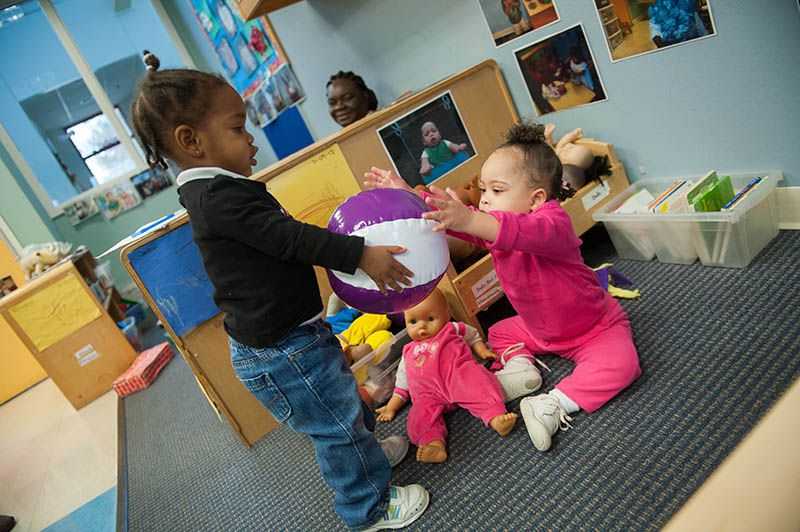
Not reaching those by a certain age is a developmental warning sign or red flag (examples given in learning objective 2). Children who don’t reach milestones may need extra support and services to reach their full potential.
Keep in mind that developmental progress is not always steady. You may see changes in development around important life events like the birth of a new sibling. By tracking each child’s developmental milestones over time, you will have a better understanding of his or her development and a better basis to judge if concern is warranted.
Developmental milestones fall into categories of development called domains.
This domain is about how children express their needs and share what they are thinking, as well as understand what is said to them.
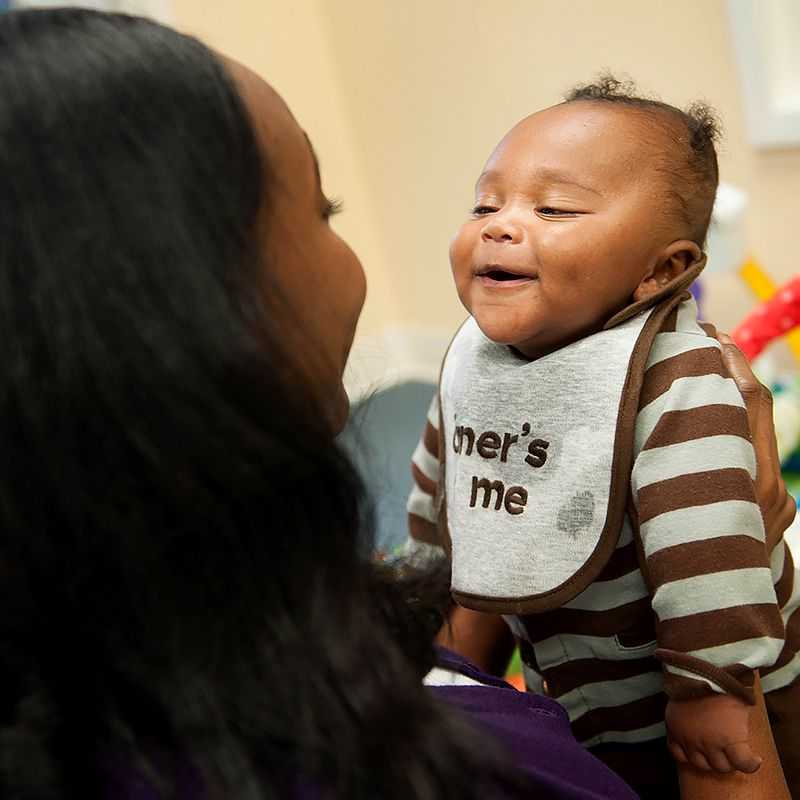
Cooing, babbling
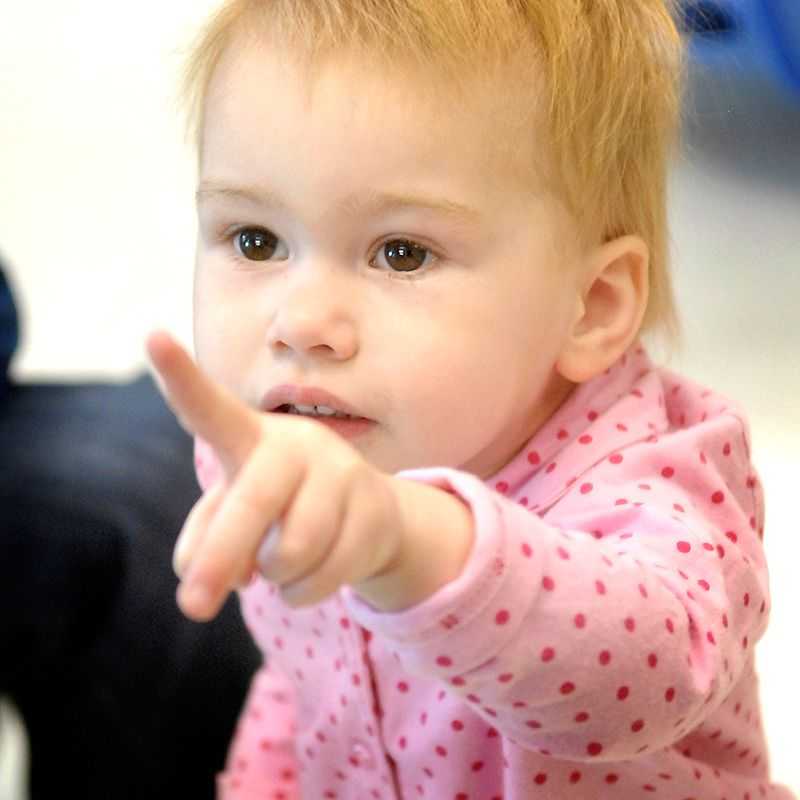
Pointing to show others what she wants
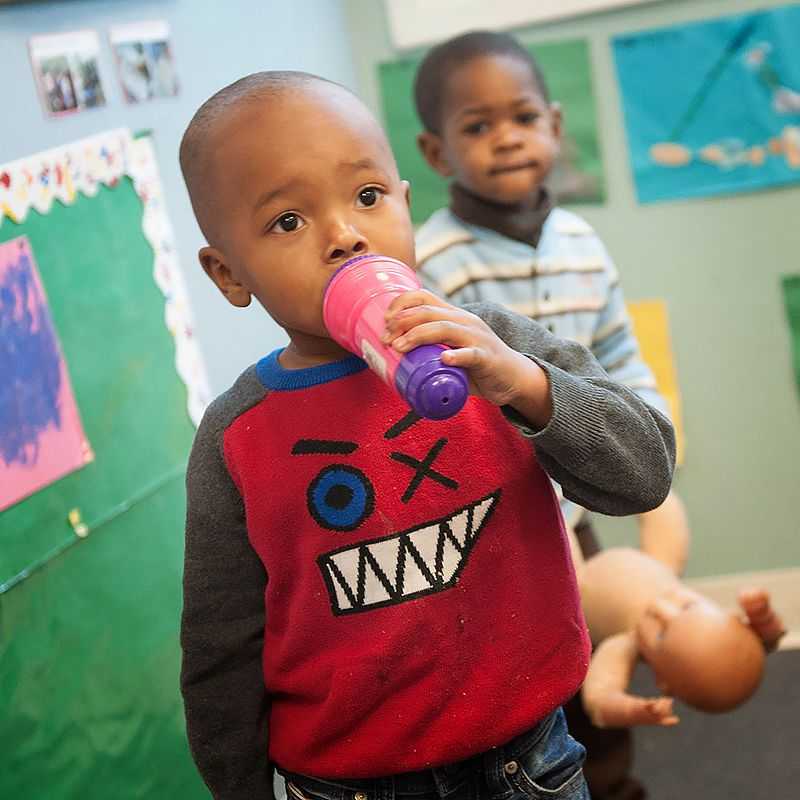
Singing a song from memory such as the “Itsy Bitsy Spider”
Also: Following directions and speaking so others understand what they’re saying.
This domain is about how children learn new things and solve problems. It includes how children explore their environment to figure things out – whether by looking at the world around them, putting objects in their mouths, or dropping something to watch it fall. This domain also includes “academic” skills like counting and learning letters and numbers.
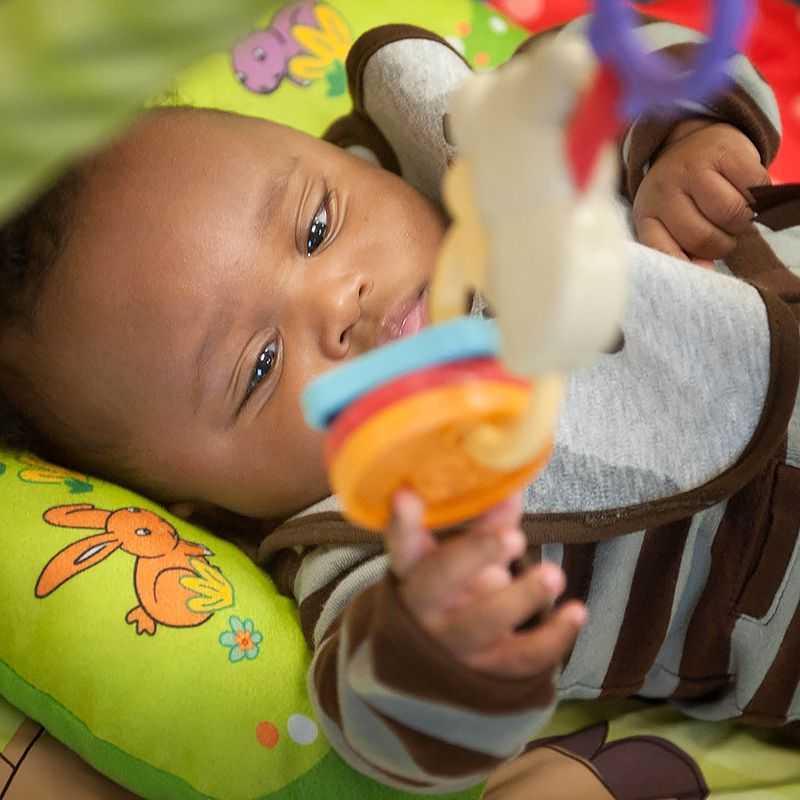
Reaching for a toy with one hand
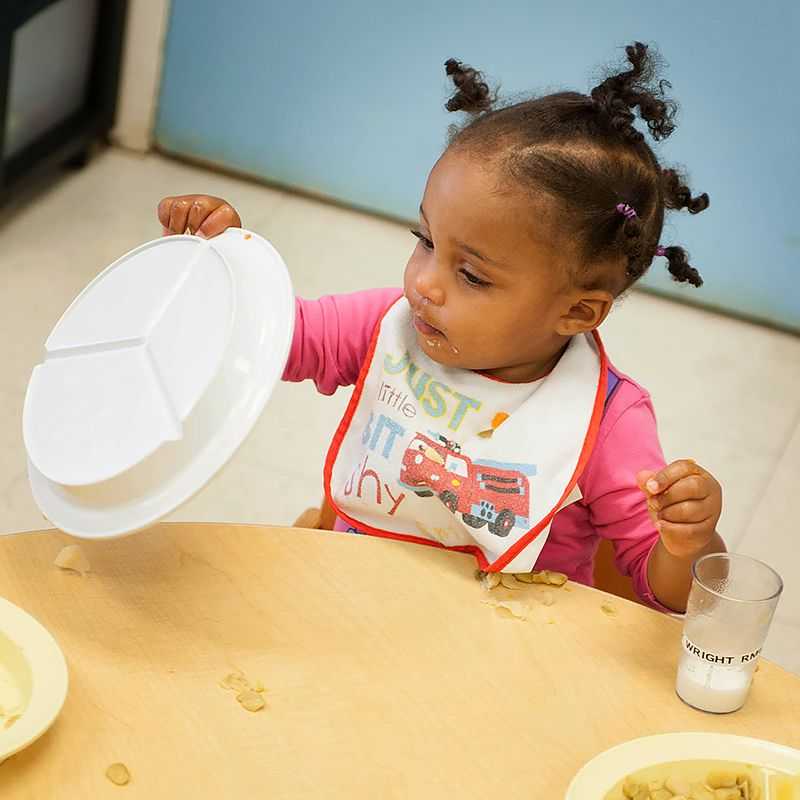
Exploring things in different ways, like shaking, banging, throwing

Building towers of at least four blocks
Also: An infant staring at mom’s face as she leans over his crib.
This domain is about how children use their bodies. It includes many milestones parents excitedly wait for.
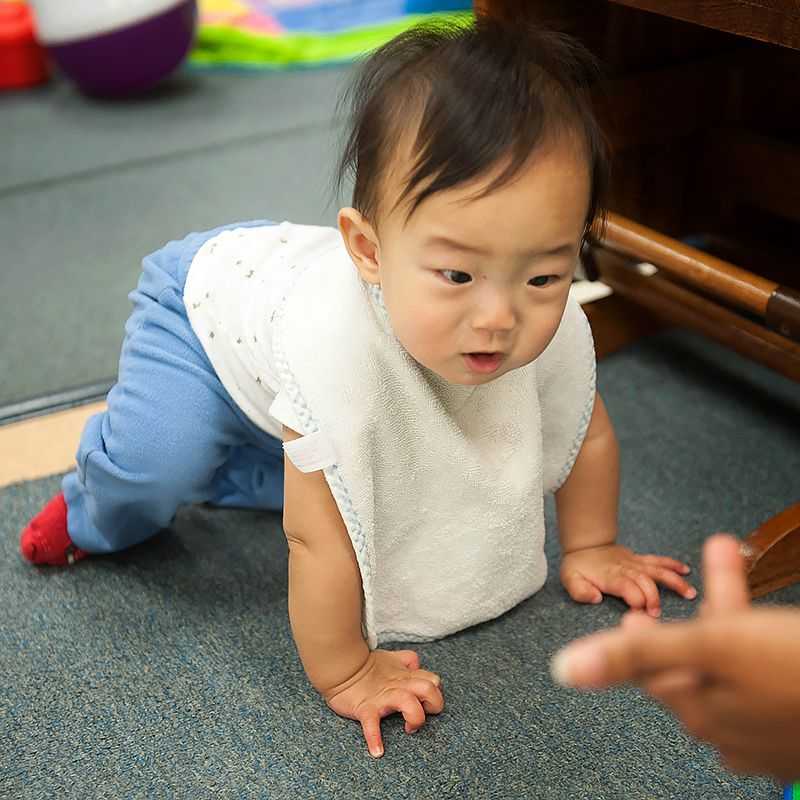
Crawling
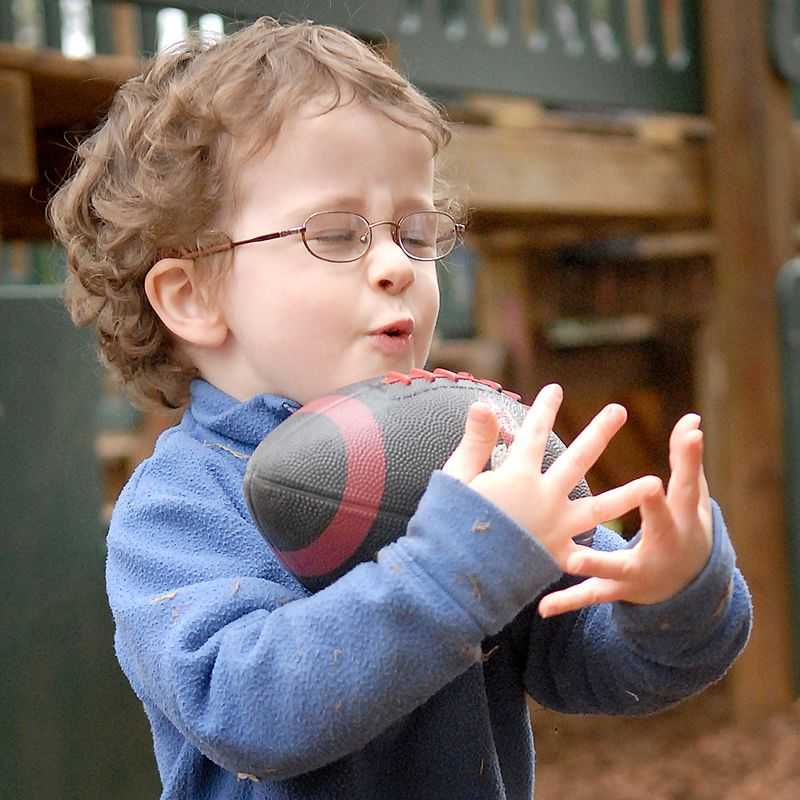
Catching a bounced ball most of the time
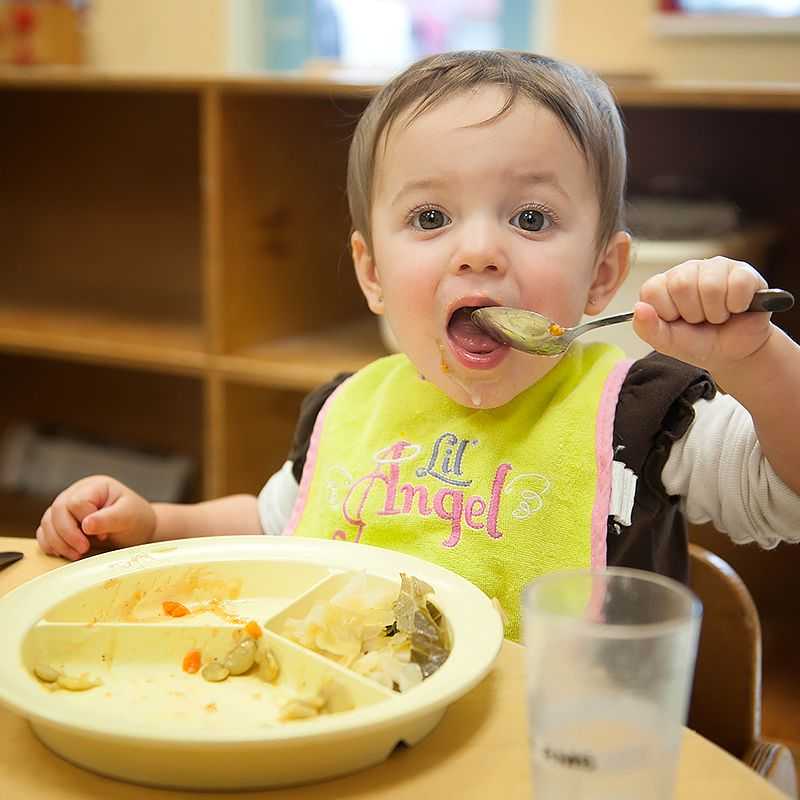
Eating with a spoon
For example:
Looking for developmental milestones in every child is important.
Looking for developmental milestones is important to understanding each child’s development and behavior.
Milestones can help explain a child’s behavior. For example, if a 1-year-old cries when her dad leaves the classroom in the morning, she is showing a typical 12-month milestone that signifies healthy development.
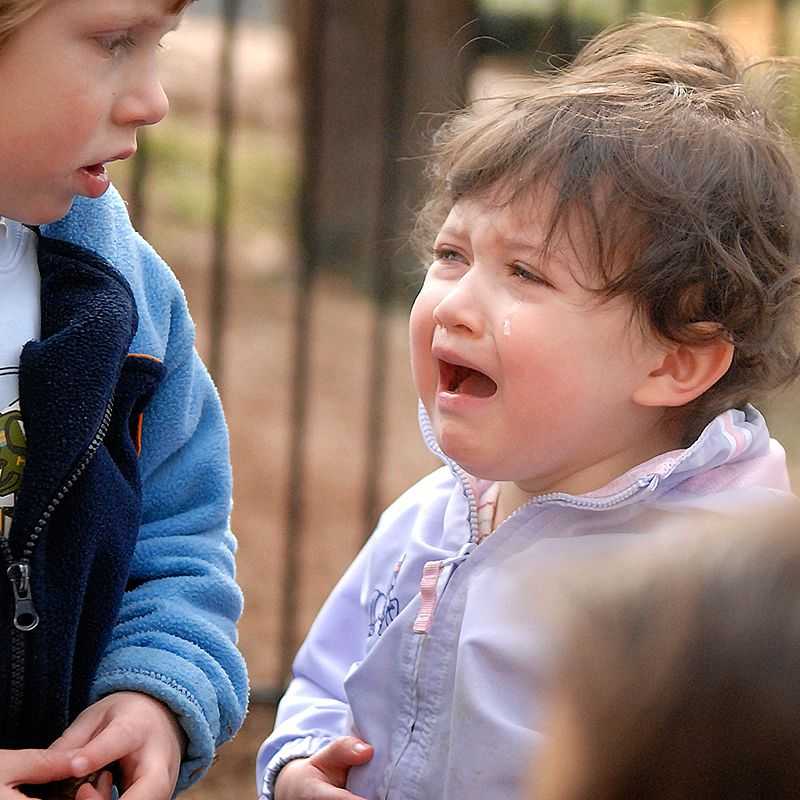

In your work caring for and teaching children, you are in a perfect position to observe the developmental milestones that mark how children play, learn, speak, act, and move alongside others of their age.
Below are some examples of developmental milestones and especially important warning signs of possible developmental delay for 6, 9, 12, 18, 24 and 36 months of age.
Keep in mind these are only a few examples for each age. More complete lists and lists for other ages (2 months-5 years) can be found at www.cdc.gov/Milestones.
Think of a child you know who is under the age of 5. Think of how that child plays, learns, speaks, acts, and moves. List at least two ways the child has shown milestones reached in each of the developmental domains.
Use the milestone checklists at www.cdc.gov/Milestones to help.
Polly is 2 years old. Here are some of the milestones she has shown me:
Social/Emotional:
Language/Communication:
Cognitive (thinking, learning, problem-solving):
Movement/Physical Development:
Are you ready to take the quiz now?
You must pass all module quizzes to receive continuing education credit.
Social/Emotional:
This domain is about how children interact with others and show emotion.
Smiling spontaneously, especially at people
Cooperating with other children
Showing affection for friends without prompting
Also: Pointing to show an airplane flying overhead, crying when mom or dad leaves, and imitating other children.